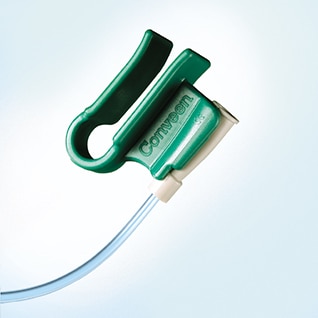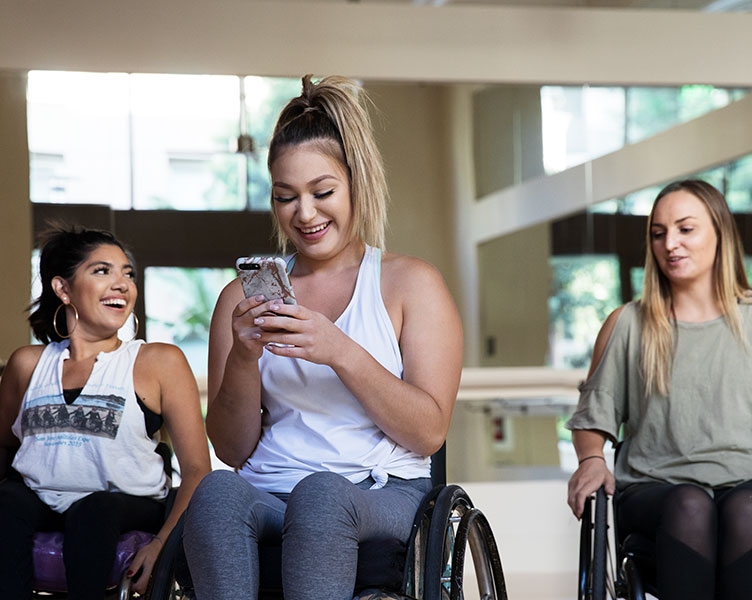Julian: The actual physical act of catheterising yourself is simple; it’s very straightforward. However, the first hurdle was the acceptance of having to do it. The second part is… ‘what happens when I go out?’. Slowly, you start to think that it’s not that bad.
What if I find catheterising difficult?
When you're first learning to do intermittent catheterisation, it's not unusual to encounter difficulties. Here are some common issues others who catheterise have dealt with:
Women
How do I find the urethral opening?
When you are first catheterising, you may find it easier to carry a mirror with you to help identify your urethra. Look for the clitoris, then the urethra is usually found just below but before the vagina.
If you accidentally insert the catheter into your vagina, leave it in there if possible and get a new catheter and insert it into your urethra. This may help you find the urethra the second time.
While learning, some people find it can also be a good idea to use a tampon in the vagina to stop this happening. Some women put a dot of non-toxic food dye on their urethral opening when first learning to help them easily find the opening. Coughing can also sometimes help you to find the urethra as the action will cause your urethra to become more prominent. It can also be useful to understand your anatomy, visit our page on how the bladder works.
Men
What if I experience discomfort when inserting the catheter?
It may be uncomfortable when first starting to use intermittent self-catheterisation. Make sure the catheter is well lubricated, try to relax, take a deep breath and try one more time. This long, slow outward breath can help relax the external sphincter, especially for men. It can also help to gently stretch the penis upwards a little and cough as the catheter needs to push past the prostate.
If you are in a wheelchair, come forward in your seat so you are tilting your pelvis forward.
If the discomfort continues, you are experiencing pain or you cannot get your catheter in, you should inform your healthcare professional immediately. There are different types of catheters - maybe you would benefit from trying another type. Your healthcare professional can tell you more about your options.
If you have been catheterising for some time and the discomfort is new, please advise your healthcare professional.
Both women and men
What if I can't reach the toilet to empty?
This type of challenge can occur especially if you're in a wheelchair but there are different options available which can make it easier. You can use a catheter with a pre-connected urine bag or you can attach your catheter to a urine bag or a container. Speak to your healthcare professional about other options that are available when you need a solution in a hurry.

What if I have trouble handling the catheter?
If you have limited hand movement due to, for example, a spinal cord injury, you might find it difficult to handle a catheter. Together with your healthcare professional you should look at different catheter options that could enable you to catheterise yourself, including accessories. Perhaps a slightly firmer catheter will be easier to handle, there are also catheters available with a bigger grip/handle.
Note: Please speak with your healthcare professional when considering these new options.
Vision problems or other physical challenges:
If you have vision problems, limited hand movement or other physical challenges it can sometimes be difficult to use intermittent catheters. However, it's likely that you can still learn the technique. Talk to your healthcare professional for suggestions, and don't be discouraged. When more experienced, many women catheterise by feel and don’t need to look at their urethra. Once you do master intermittent catheterisation, it will offer much more freedom in your daily life.
If you want to know more about the features of the different products, give us a call on 1800 856 306.



